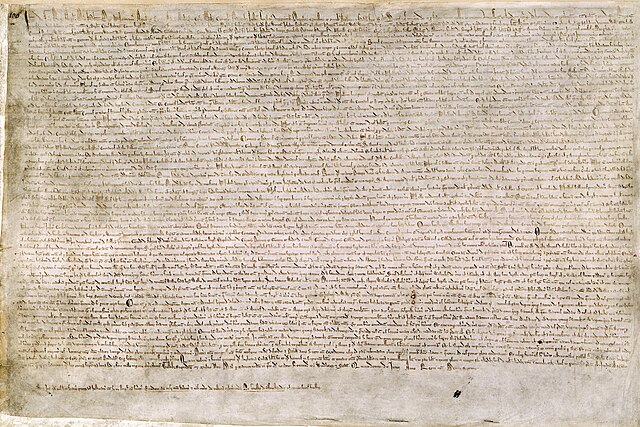Confederation (Poland–Lithuania)
A konfederacja was an ad hoc association formed by Polish–Lithuanian szlachta (nobility), clergy, cities, or military forces in the Polish–Lithuanian Commonwealth for the attainment of stated aims. A konfederacja often took the form of an armed rebellion aimed at redressing perceived abuses or trespasses of some authority. Such "confederations" acted in lieu of state authority or to force their demands upon that authority. They could be seen as a primary expression of direct democracy and right of revolution in the Commonwealth, and as a way for the nobles to act on their grievances and against the state's central authority.
The swearing in of the Tyszowce Confederation in 1655, painting by Walery Eljasz-Radzikowski.
In political philosophy, the right of revolution is the right or duty of a people to "alter or abolish" a government that acts against their common interests or threatens the safety of the people without justifiable cause. Stated throughout history in one form or another, the belief in this right has been used to justify various revolutions, including the American Revolution, French Revolution, the Russian Revolution, and the Iranian Revolution.
The Roman Republic was established following the overthrow of the Roman monarchy.
Magna Carta marks one of the earliest attempts to limit a sovereign's authority and it is seen as a symbol of the rule of law.
Rousseau's Discourse on Inequality argues in favour of the right of revolution against despots.
John Stuart Mill was a proponent of the right to revolution in the name of liberty.





